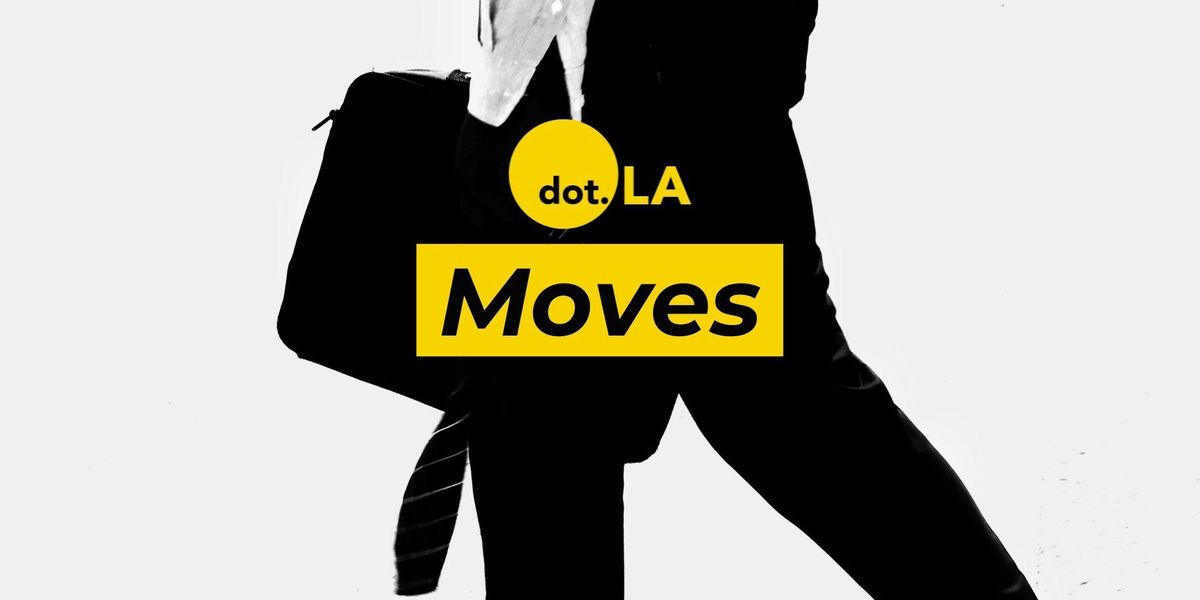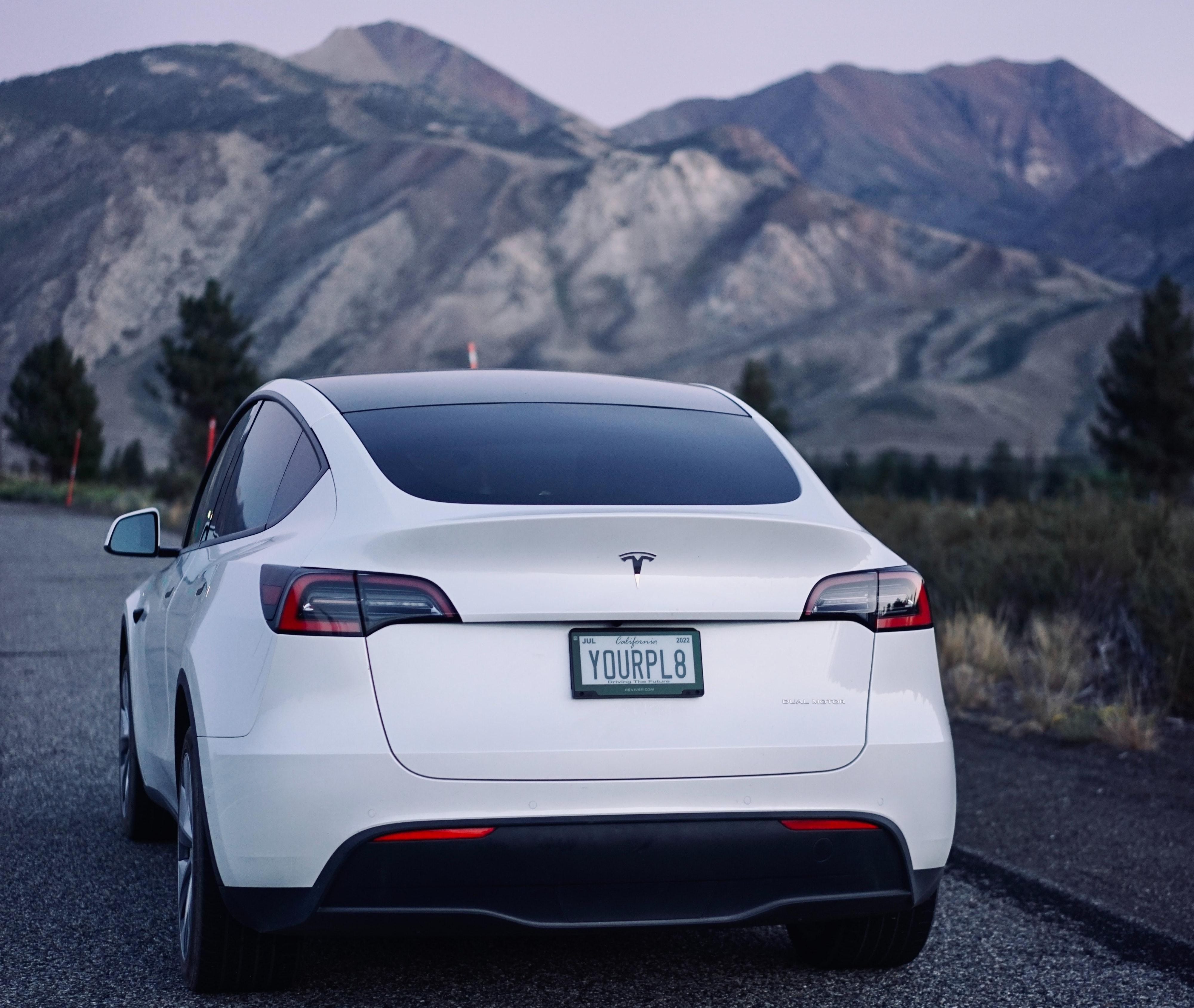

Get in the KNOW
on LA Startups & Tech
X
Andria Moore
Google and Apple Are Opening New Offices In West LA
Amrita Khalid
Amrita Khalid is a tech journalist based in Los Angeles, and has written for Quartz, The Daily Dot, Engadget, Inc. Magazine and number of other publications. She got her start in Washington, D.C., covering Congress for CQ-Roll Call. You can send tips or pitches to amrita@dot.la or reach out to her on Twitter at @askhalid.
Even though Los Angeles’ office market faces an uncertain future due to the slowing economy, signs seem to suggest that West L.A. could weather the storm.
For starters, Apple and Google still plan to open new offices in the area — even as much of Big Tech is scaling back their physical footprints nationwide. Earlier this month, Apple's plans to build 536,000 square feet of office space and production space went before the Culver City Planning Commission. The Culver Crossings campus is expected to break ground in early 2023, with an anticipated move-in date of 2026.
“The West L.A. office market is very different from the rest of the county in that it has an abundance of very cool, architecturally distinct real estate that is very attractive to the creatives”,” wrote CBRE’s Vice Chairman Jeffrey Pion in an email. “While many of the tech companies are downsizing in other parts of the country, we are not yet certain how much of that anticipated downsizing will occur in this market but believe the long term outlook for West Los Angeles is very good.”
In addition, a Google spokesperson confirmed to dot.LA that Google has leased the former Westside Pavilion shopping complex in West L.A. and plans to move in sometime in 2023. The company has yet to decide which job functions or divisions will be located in the new West L.A. campus. And Amazon signed a deal to rent a 200,000-square-foot space at the Water Garden this summer as part of a greater Southern California expansion, even as it halted plans to build other offices nationwide.
Nonetheless, the state of L.A.’s office space market remains uncertain as companies also scramble to cut costs due to the slowing economy. J.P. Morgan Asset Management this week put up its 1.4 million square foot Santa Monica office campus for sale — which includes tenants like Amazon and Sony Inc., reported the Commercial Observer.
Still, according to a third-quarter report from CBRE, West L.A.’s office vacancy rate is at 14.5% — roughly four points lower than the average in Greater Los Angeles. “[...] Several tech, media, and entertainment companies leased space this quarter, emphasizing the prevalence of entertainment and technology in Los Angeles and West L.A.,” wrote the authors of the report.
This is all to say that after two years of remote work and hybrid offices, 2022 could be ushering in a vibe shift as more companies reverted to traditional in-office work environments. Nearly 50% of company leaders said they were planning to require workers to return to the office full-time in the next year, according to a Microsoft survey from March. While a sluggish economy has forced some companies to make cuts to their workforce and close offices — many also appear to be staying put or even expanding their corporate real estate portfolios.
The potential shift to in-office work could be further bolstered by the current economic downturn, according to Matthew E. Kahn, Provost Professor of Economics at USC. In an email to dot.LA, Kahn wrote, “During a tech recession, management has the upper-hand in determining the real pay of workers and ordering workers to work on-site — 5 days a week — is a type of pay cut.”
From Your Site Articles
- Netflix and Google Are Poised to Dominate L.A. After the Pandemic ›
- Office Hours: Tomo Co-Founder Greg Schwartz's Bid to Simplify Mortgages ›
- LA Tech ‘Moves’: EVgo Taps Google Exec, Huupe Welcomes New CTO ›
- TikTok Is Flooded With Storm Content - dot.LA ›
Related Articles Around the Web
Amrita Khalid
Amrita Khalid is a tech journalist based in Los Angeles, and has written for Quartz, The Daily Dot, Engadget, Inc. Magazine and number of other publications. She got her start in Washington, D.C., covering Congress for CQ-Roll Call. You can send tips or pitches to amrita@dot.la or reach out to her on Twitter at @askhalid.
https://twitter.com/askhalid
LA Tech ‘Moves’: MeWe Taps Apple Co-founder, Aspiration Swipes Tesla Director
12:00 PM | August 05, 2022
Photo by James Opas | Modified by Joshua Letona
“Moves,” our roundup of job changes in L.A. tech, is presented by Interchange.LA, dot.LA's recruiting and career platform connecting Southern California's most exciting companies with top tech talent. Create a free Interchange.LA profile here—and if you're looking for ways to supercharge your recruiting efforts, find out more about Interchange.LA's white-glove recruiting service by emailing Sharmineh O’Farrill Lewis (sharmineh@dot.la). Please send job changes and personnel moves to moves@dot.la.
***
Aspiration, a sustainable financial services company, appointed former Tesla director Tim Newell as its first chief innovation officer. Prior to leading teams at Tesla, Newell also worked under the Clinton Administration as a deputy director for policy in the White House office of science and technology.
All-electric vehicle manufacturing company Phoenix Motorcars hired industry veterans Lewis Liu as senior vice president of program management office and business development. Phoenix also hired Mark Hastings as senior vice president of corporate development and strategy and head of investor relations.
Counterpart, a management liability platform, welcomed Claudette Kellner as insurance product lead and Eric Marler as head of claims. Kellner served at Berkley Management Protection as vice president, while Marler previously served as an assistant vice president at the Hanover Insurance Group.
Legal tech and eDiscovery veteran Mark Wentworth joined compliance software company X1 as external vice president of sales and business development.
Sameday Health, a testing and healthcare provider, named Sarah Thomas as general counsel. Thomas previously served at digital health company Favor.
MeWe, an ad-free and privacy-first social network, tapped the co-founder of Apple Steve Wozniak to its advisory board, and co-founder of Harvard Connection Divya Narendra to its board of directors.
Internet marketplace Ad.net, welcomed former Interpublic CEO David Bell to its board of directors.
Science and technology company GATC Health, appointed addiction specialist Jayson A. Hymes as a new advisory board member.
AltaSea, a non-profit organization that aims to accelerate scientific collaboration, added South Bay philanthropist Melanie Lundquist to its board of trustees.
Correction:An earlier version stated Divya Narendra was added to MeWe's advisory board.
From Your Site Articles
Related Articles Around the Web
Read moreShow less
Decerry Donato
Decerry Donato is a reporter at dot.LA. Prior to that, she was an editorial fellow at the company. Decerry received her bachelor's degree in literary journalism from the University of California, Irvine. She continues to write stories to inform the community about issues or events that take place in the L.A. area. On the weekends, she can be found hiking in the Angeles National forest or sifting through racks at your local thrift store.
Here's How To Get a Digital License Plate In California
03:49 PM | October 14, 2022
Photo by Clayton Cardinalli on Unsplash
Thanks to a new bill passed on October 5, California drivers now have the choice to chuck their traditional metal license plates and replace them with digital ones.
The plates are referred to as “Rplate” and were developed by Sacramento-based Reviver. A news release on Reviver’s website that accompanied the bill’s passage states that there are “two device options enabling vehicle owners to connect their vehicle with a suite of services including in-app registration renewal, visual personalization, vehicle location services and security features such as easily reporting a vehicle as stolen.”
Reviver Auto Current and Future CapabilitiesFrom Youtube
There are wired (connected to and powered by a vehicle’s electrical system) and battery-powered options, and drivers can choose to pay for their plates monthly or annually. Four-year agreements for battery-powered plates begin at $19.95 a month or $215.40 yearly. Commercial vehicles will pay $275.40 each year for wired plates. A two-year agreement for wired plates costs $24.95 per month. Drivers can choose to install their plates, but on its website, Reviver offers professional installation for $150.
A pilot digital plate program was launched in 2018, and according to the Los Angeles Times, there were 175,000 participants. The new bill ensures all 27 million California drivers can elect to get a digital plate of their own.
California is the third state after Arizona and Michigan to offer digital plates to all drivers, while Texas currently only provides the digital option for commercial vehicles. In July 2022, Deseret News reported that Colorado might also offer the option. They have several advantages over the classic metal plates as well—as the L.A. Times notes, digital plates will streamline registration renewals and reduce time spent at the DMV. They also have light and dark modes, according to Reviver’s website. Thanks to an accompanying app, they act as additional vehicle security, alerting drivers to unexpected vehicle movements and providing a method to report stolen vehicles.
As part of the new digital plate program, Reviver touts its products’ connectivity, stating that in addition to Bluetooth capabilities, digital plates have “national 5G network connectivity and stability.” But don’t worry—the same plates purportedly protect owner privacy with cloud support and encrypted software updates.
5 Reasons to avoid the digital license plate | Ride TechFrom Youtube
After the Rplate pilot program was announced four years ago, some raised questions about just how good an idea digital plates might be. Reviver and others who support switching to digital emphasize personalization, efficient DMV operations and connectivity. However, a 2018 post published by Sophos’s Naked Security blog pointed out that “the plates could be as susceptible to hacking as other wireless and IoT technologies,” noting that everyday “objects – things like kettles, TVs, and baby monitors – are getting connected to the internet with elementary security flaws still in place.”
To that end, a May 2018 syndicated New York Times news service article about digital plates quoted the Electronic Frontier Foundation (EFF), which warned that such a device could be a “‘honeypot of data,’ recording the drivers’ trips to the grocery store, or to a protest, or to an abortion clinic.”
For now, Rplates are another option in addition to old-fashioned metal, and many are likely to opt out due to cost alone. If you decide to go the digital route, however, it helps if you know what you could be getting yourself into.
From Your Site Articles
- 8 Alternatives to Uber and Lyft in California - dot.LA ›
- Automotus Will Monitor Santa Monica's New Drop-Off Zone - dot.LA ›
- Metropolis CEO Alex Israel on Parking's Future - dot.LA ›
Related Articles Around the Web
Read moreShow less
Steve Huff
Steve Huff is an Editor and Reporter at dot.LA. Steve was previously managing editor for The Metaverse Post and before that deputy digital editor for Maxim magazine. He has written for Inside Hook, Observer and New York Mag. Steve is the author of two official tie-ins books for AMC’s hit “Breaking Bad” prequel, “Better Call Saul.” He’s also a classically-trained tenor and has performed with opera companies and orchestras all over the Eastern U.S. He lives in the greater Boston metro area with his wife, educator Dr. Dana Huff.
steve@dot.la
RELATEDTRENDING
LA TECH JOBS


